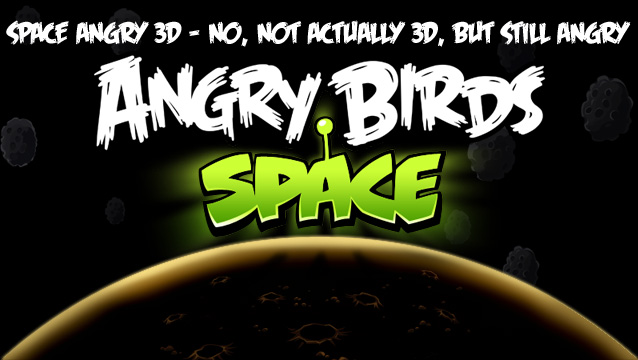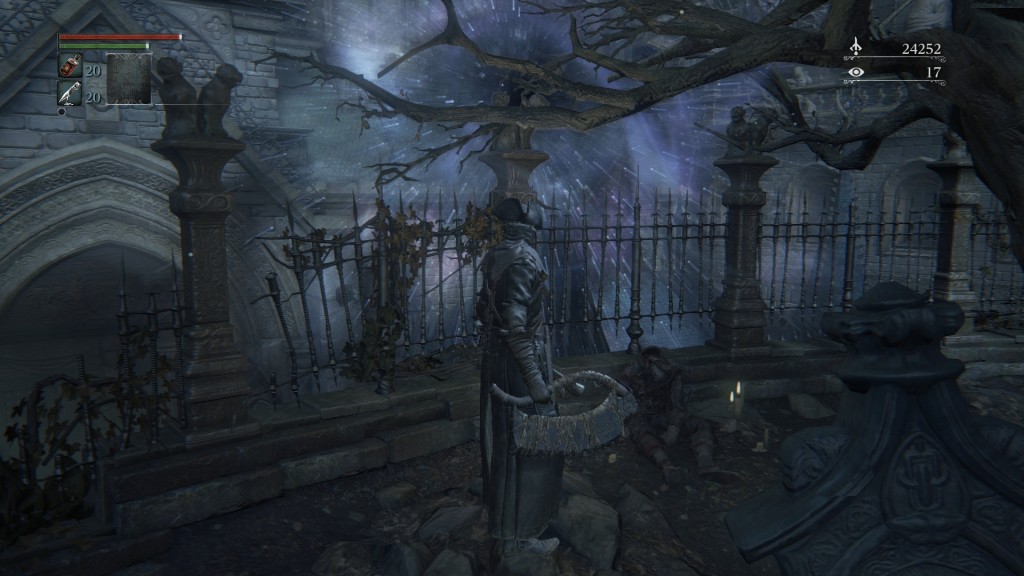

In Galaxy on Fire: Alliances the universe is vast and infinite, and there are countless resources for the taking. Different races are now trying to expand their territories in the goal of colonizing more planets and laying claims to the rich bounties within. Of course, there are limitations to extra-terrestrial travel, and transportation becomes a very essential aspect for both the delivery of goods and other fleets, as well as moving from one planet to another for attack or support purposes. The game, at the beginning, may be a bit daunting and confusing, but it will all pan out right after just a few hours of gameplay. Of course, this comprehensive guide will help a lot. Get started on this addictive space building sim, and may the galaxy be kind to you.
Gameplay
Galaxy on Fire: Alliances is a space building simulation game where players must build up and colonize their own planets, by which they are provided with three of their own initially with the option to expand to other systems. Players can also create carriers and other ships so that they can move from one planet to another as well as deliver ships and cargo which might be needed for building constructs or colonizing other planets.
As compared to previous iterations of the game, Galaxy on Fire: Alliances focuses more on building rather than fighting. Thus, there would be a lot of wait time with regards to building, researching, mining, and waiting for vessels to reach their intended destinations.
Races
At the start of the game, players will have the chance to choose between one of three races. There’s really no difference between the three with regards to plot and aesthetics, although each race has a specialization with regards to how fast they can build in a particular area of the game. Terrans, or humans, are good all around classes as they require five percent less time to build all resources while the other two races provide ten percent less building times for just one area.
Players will also be asked to provide their own user name at the latter stage of the game. This will allow players to have their own chosen name displayed when viewed by others in leaderboards or when navigating planets that you own.
Currency
Credits are the main currency within the game. Credits are earned in a variety of ways, such as when completing quests or simply by logging in daily. Credits can be used to speed up tasks like construction, upgrading, and research, and can also be used to buy items like boosters, limit extenders, and artefacts that will make gameplay more convenient. The game provides a healthy chunk of credits for free, but those that are in need of more can always use real cash to acquire the desired amount.
Resources
There are three types of resources at play within Galaxy on Fire: Alliances, namely gas, metal, and crystals. All serve a specific purpose, but are equally important in being able to move forward in the game. There are structures dedicated towards the production of these resources which are kept on a are planet basis. There are also planets that are richer in a specific item, so players should take advantage of these attributes so that they can improve production.
Each planet has a maximum capacity on how much of these resources it can carry. This is defined by the level of their headquarters. Upgrading both resource generating buildings as well as your headquarters will allow you to generate and store more metals, gas, and crystals that you can use to finance your day to day operations per planet.
Headquarters
Your headquarters is the first thing that you should build up if you want to have smoother running planet. Your headquarters defines your planet in a variety of ways, as this provides the cap by which your buildings can be levelled up. For example, buildings on a planet with a level 3 headquarters can only be upgraded up to that level only. Also, your headquarters will also be the basis by which how many resources you are able to store.
Leveling Up
Completing quests as well as building and upgrading will earn players experience points. Once enough has been earned, players will be able to level up. This is very important as your level will define how many planets and ships you can have. In addition, levelling up will provide you with skill points that you can allocate so that you will have permanent boosts in specific areas such as increased resource production, less building time completion, and many more.
Quests
Quests are missions that will teach you how to best play the game. Hints will guide you on what menus to go through in order to complete objectives, and you will get rewarded with experience and possibly even credits upon completion of these tasks. Concentrate your efforts towards finishing quests as this is the fastest and most linear way to advance and to learn more about basic gameplay.
Buildings
Different buildings can be built within each planet, and each serves a specific purpose. As mentioned, some buildings were made to extract resources, while some are create solely for the production of ships. Others, on the other hand, are used for research for both production and defense. Building structures will take both time and resources, but the former can be skipped by spending credits. On the other hand, upgrading will also take time and resources, and this would make the constructs perform better as well as possibly unlock other items to be built or researched, giving the players more options on what to develop within their planets.
It is also important to note that there are only a specific number of slots that players can build into per planet. Thus, it is essential that they find and colonize other planets in order to build more structures.
Ships
In the shipyard, players can create fighters, freighters, and carriers that each serve a specific purpose. Fighters are used when dealing with hostile forces or when trying to attack or colonize a planet. Freighters are used to carry resources, while carriers are used to haul both of these from one planet to another. Depending on the ship, there are various attributes involved such as offensive and defensive capabilities, speed, as well as hangar and cargo space. For carrier attributes, these stats can be increased by equipping artifacts, which can be bought using premium currency or found during missions.
Not all ships can be built at once. Some would require that your shipyard be at a specific level, while some would require that players collect blueprints or have the necessary tech already researched. Of course, building ships will also take some time and resources.
Ships are extremely important as this is the main way to transport fleets and other ships. These ships can then be instructed to deliver goods and stay on the destination or return to the source planet. They can also be asked to attack others, using whatever fighters they are carrying as troops. Players should also take into consideration that carriers that are en route to a planet or are performing missions cannot be recalled, so players will have to wait for them to be stationed before they can be deployed again.
Spying
Spying is the best way to earn artifacts and blueprints, and it is also a good way to learn the strengths and weaknesses of a planet that you want to attack or colonize. This is done by developing spy drones that you will then deploy into a planet. There’s always a risk of detection, though, especially if you deploy multiple drones at once. Thus, it is important to upgrade your drones to increase their chances of getting the required information as well as to collect some bonus resources even without having to send out a lot of them.
Planets
Players are provided with three planets within their own system. These planets are safe from attack by other players, and they can build structures and manage them in any way that they want. For those who would like to expand their empire, they can go outside their systems to try and colonize other planets. This will require that players send out a fleet, after which the planet can then be built upon.
Players can also choose to attack others. This will help them acquire additional resources, although since other players can also do the same to you, it is important to have the appropriate defenses ready and to have a healthy amount of fighter jets. Players can also bookmark planets so that they would have an easier time finding them later on.
Not all planets within the galaxy are equal. Most differ in the number of structures that you can build, while some provide bonuses based on your race. Having a lot of planets with enough buildings generating resources and ships for you, while being able to properly defend them against invaders is the main goal in order to build the best space empire that you can.
Social Function
Galaxy on Fire: Alliances also has a social function that will allow players to form and create alliances. This will allow for the sharing of resources as well as online chat for any strategies on how to better attack other planets or defend your territory. There is also a global leaderboard where players can see how they fare against top players around the world. The ability to join alliances will open up later in the game, while creating an alliance will have certain requirements that will need to be met first.




 Sniper: Ghost Warrior 2 Wiki .
Sniper: Ghost Warrior 2 Wiki . Bloodborne: The Old Hunters - All new weapon locations
Bloodborne: The Old Hunters - All new weapon locations What to do After Level 20 in Destiny - More Tips
What to do After Level 20 in Destiny - More Tips The Witcher 3: Wild Hunt (PS4) review
The Witcher 3: Wild Hunt (PS4) review PES 2015: Top 10 Dribblers
PES 2015: Top 10 Dribblers